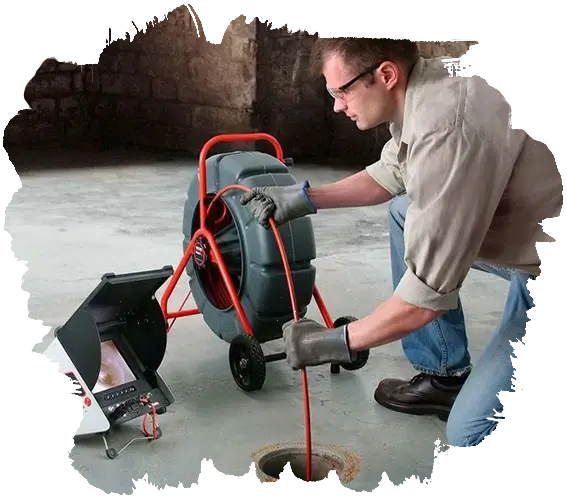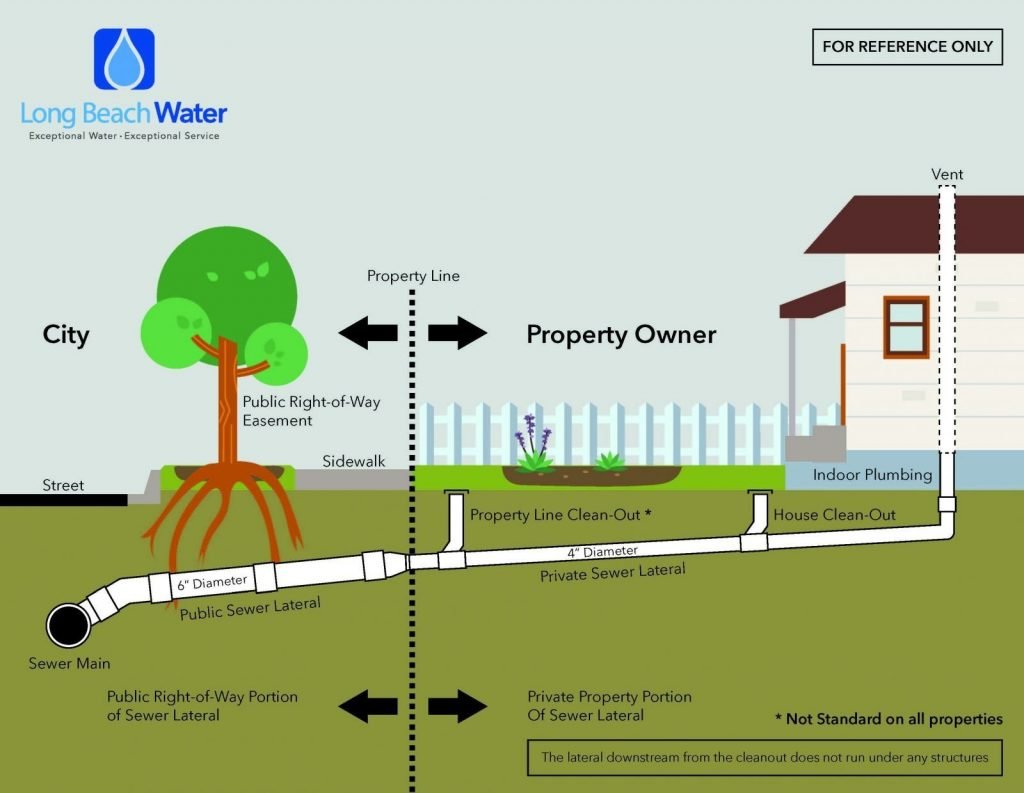Common Issues Found Throughout Sewer Line Inspection CT: What to Anticipate
Common Issues Found Throughout Sewer Line Inspection CT: What to Anticipate
Blog Article
Typical Sewer Line Problems and Their Solutions: A Home owner's Handbook

Tree Root Invasions
Tree root invasions are a common and substantial concern affecting drain lines. Sewer pipelines, specifically older ones made of clay or various other permeable materials, supply an attractive target.
Regular examinations making use of video electronic camera modern technology can determine root presence before it ends up being a severe trouble. For a much more long-term solution, chemical root killers can be applied to prevent more development within the pipelines. In severe instances, pipe relining or substitute might be required to bring back the integrity of the sewage system line.
Carrying out preventive procedures, such as planting trees far from sewage system lines and making use of root barriers, can lessen the danger of future breaches, thereby safeguarding the capability of your drain system.
Pipe Deterioration
Corrosion in sewer pipes is a common concern that can severely jeopardize the integrity and functionality of a drain system. Usually occurring in steel pipelines, such as cast iron or galvanized steel, corrosion results from prolonged exposure to dampness, chemicals, and other harsh representatives located in wastewater. With time, this procedure deteriorates the pipeline walls, causing leakages, breaks, and at some point, pipe failure.
The key types of pipeline corrosion include consistent rust, where the entire surface of the pipe rusts equally, and localized rust, such as matching or crevice corrosion, which impact particular areas of the pipeline. Determining the very early indications of corrosion, such as blemished water or uncommon smells, is important for prompt treatment.
Preventing pipeline rust includes routine maintenance and inspections. Using protective finishings, using corrosion-resistant products like PVC or polyethylene, and mounting cathodic security systems can dramatically expand the life expectancy of drain pipelines. In situations where rust is currently substantial, trenchless pipe recovery methods, such as pipe cellular lining or pipeline bursting, deal effective options without the requirement for comprehensive excavation. Eventually, proactive administration and timely fixings are important to alleviate the damaging impacts of pipeline rust on sewer systems.
Obstructions and clogs
Blockages and obstructions are amongst the most typical and turbulent problems influencing sewer lines. These obstructions can arise from a range of resources, consisting of the accumulation of debris such as food, grease, and hair fragments, in addition to the invasion of tree origins seeking moisture. Over time, these products develop, tightening the pipeline and eventually resulting in finish clogs that can click over here cause wastewater to back up into homes.
Preventive procedures are necessary for minimizing the threat of blockages. Regular maintenance, such as periodic hydro-jetting and making use of enzyme-based cleansers, can aid maintain pipelines free from particles. Property owners must additionally bear in mind what they deal with down their drains; staying clear of oil, coffee grounds, and coarse vegetables can significantly lower the chance of blockages.
In more serious instances, video inspection devices can be used to situate and diagnose the issue, making certain that the suitable remedy is applied successfully. Prompt treatments and normal inspections can help keep the integrity and functionality of drain lines.
Leaking Sewage System Lines
Beyond blockages and clogs, leaking sewer lines present a significant concern for house owners and communities alike. These leakages can result from different variables, consisting of pipe rust, moving soil, invasive tree roots, and tear and put on over time. Left unaddressed, dripping drain lines can create considerable home damages, advertise mold growth, and posture severe health risks due to the contamination of groundwater and dirt.

Repair methods depend on the seriousness of the leak and the condition of the drain line. Minor leakages might be settled with trenchless fixing strategies, such as pipeline cellular lining or pipeline bursting, which are less invasive and quicker to finish.
Sewage System Line Bellies
When it involves sewer line problems, one specifically tough problem is the development of sewer line stomaches. A sewer line stomach takes place when an area of the pipe sags or dips, creating a low area where waste and debris can build up. This can result in slow down drainage, recurring clogs, and possible damage to the pipe gradually.
The reasons for drain line bellies are differed. Poor setup practices, soil disintegration, ground settling, or shifts due to temperature level adjustments can all add to the development of these droops - sewer line inspection ct. Determining a sewage system line stubborn belly typically requires a specialist evaluation making use of a sewer electronic camera to identify the exact area and extent of the issue
Addressing a drain line belly typically involves excavation to reach the afflicted pipeline section. When accessed, the drooping portion may require to be replaced or rearranged to guarantee correct incline and drain. In many cases, trenchless repair service approaches, such as pipe lining or pipe bursting, can be employed check my reference to reduce disturbance while fixing the concern.
Preventative procedures, consisting of regular inspections and guaranteeing appropriate setup, can help reduce the danger of drain line stubborn bellies. Homeowners ought to stay attentive for indicators of drainage problems and look for specialist support at the very first sign of trouble.
Final Thought
In final thought, resolving typical drain line troubles such as tree root intrusions, pipeline corrosion, blockages, dripping drain lines, and drain line bellies is essential for maintaining a effective and functional system. Early discovery with video clip examinations and the execution of both irreversible and temporary solutions can minimize these problems effectively. Normal maintenance practices, consisting of critical and hydro-jetting tree positioning, further add to the prevention of these troubles, thus making certain the long-lasting honesty of drain systems.
Rust in sewer pipes is a widespread problem that can significantly compromise the honesty and functionality of a drain system.When it comes to sewer line concerns, one especially tough issue is the development of sewer line stubborn bellies. A drain line belly happens when an area of the pipe sags or dips, developing a low area where waste and debris can accumulate. Determining a sewer line stomach normally needs an expert evaluation additional reading utilizing a sewage system video camera to identify the precise area and extent of the problem.

Report this page